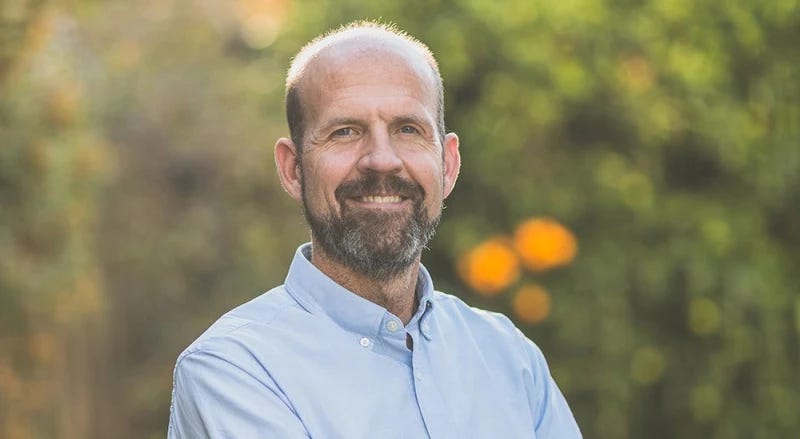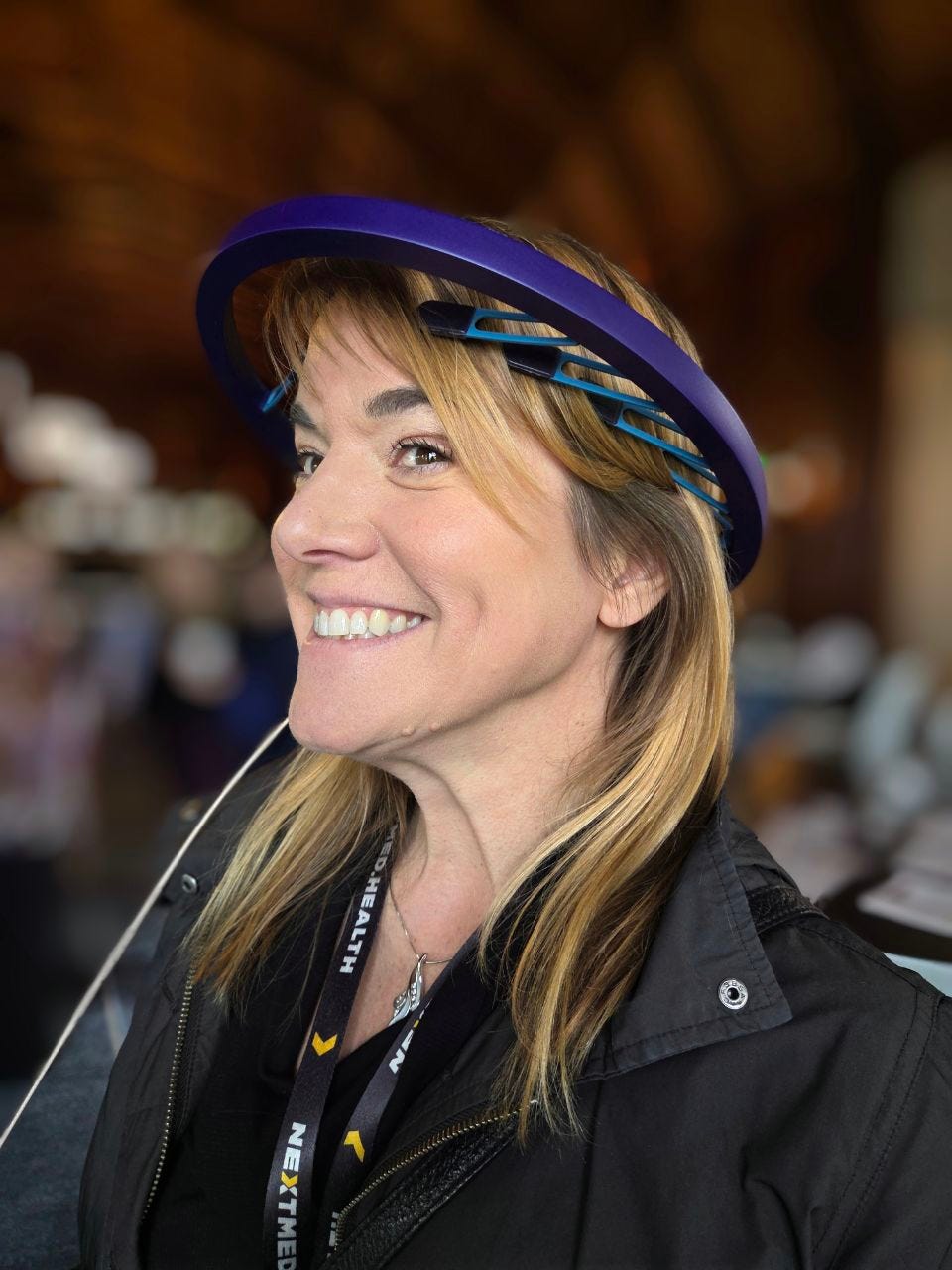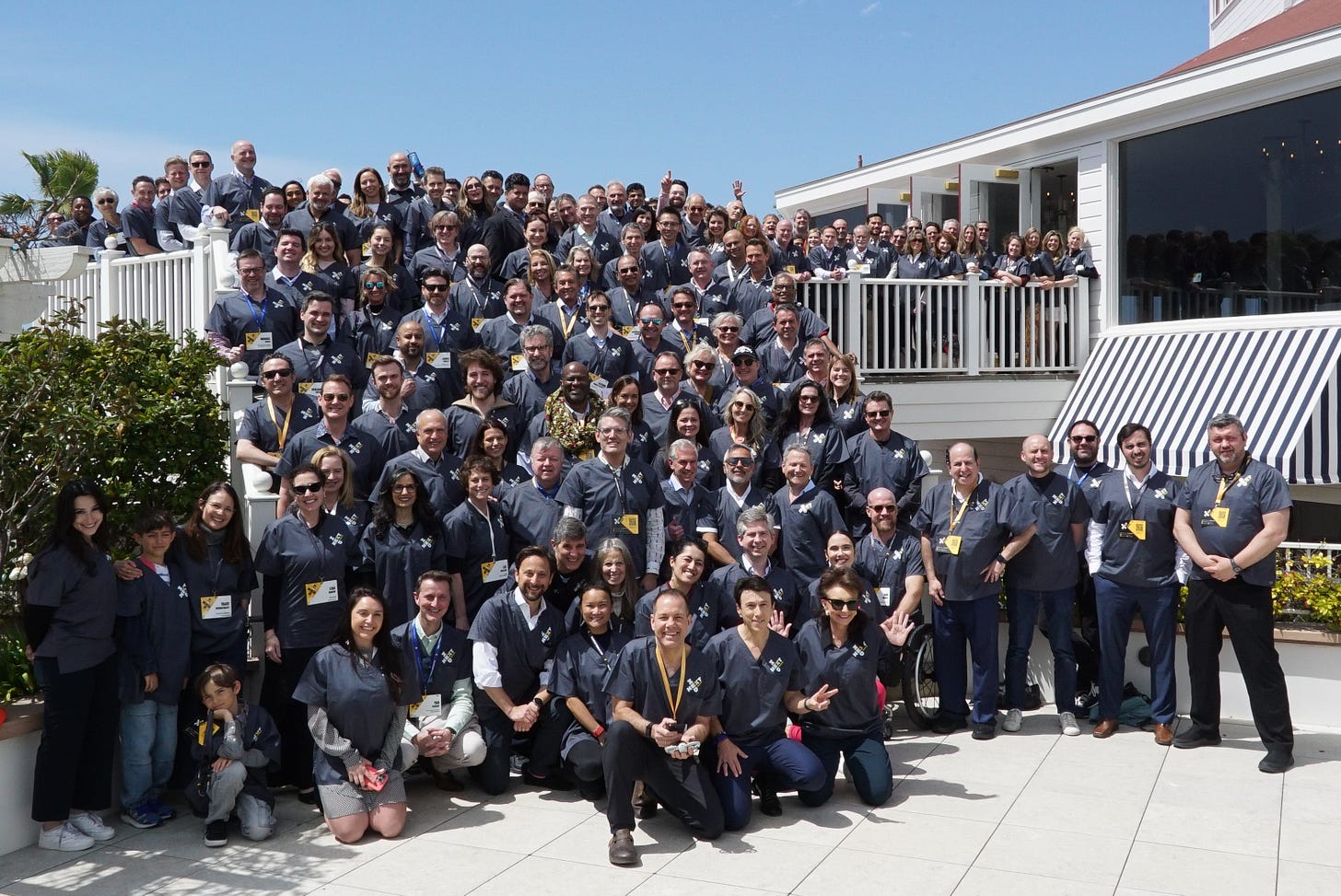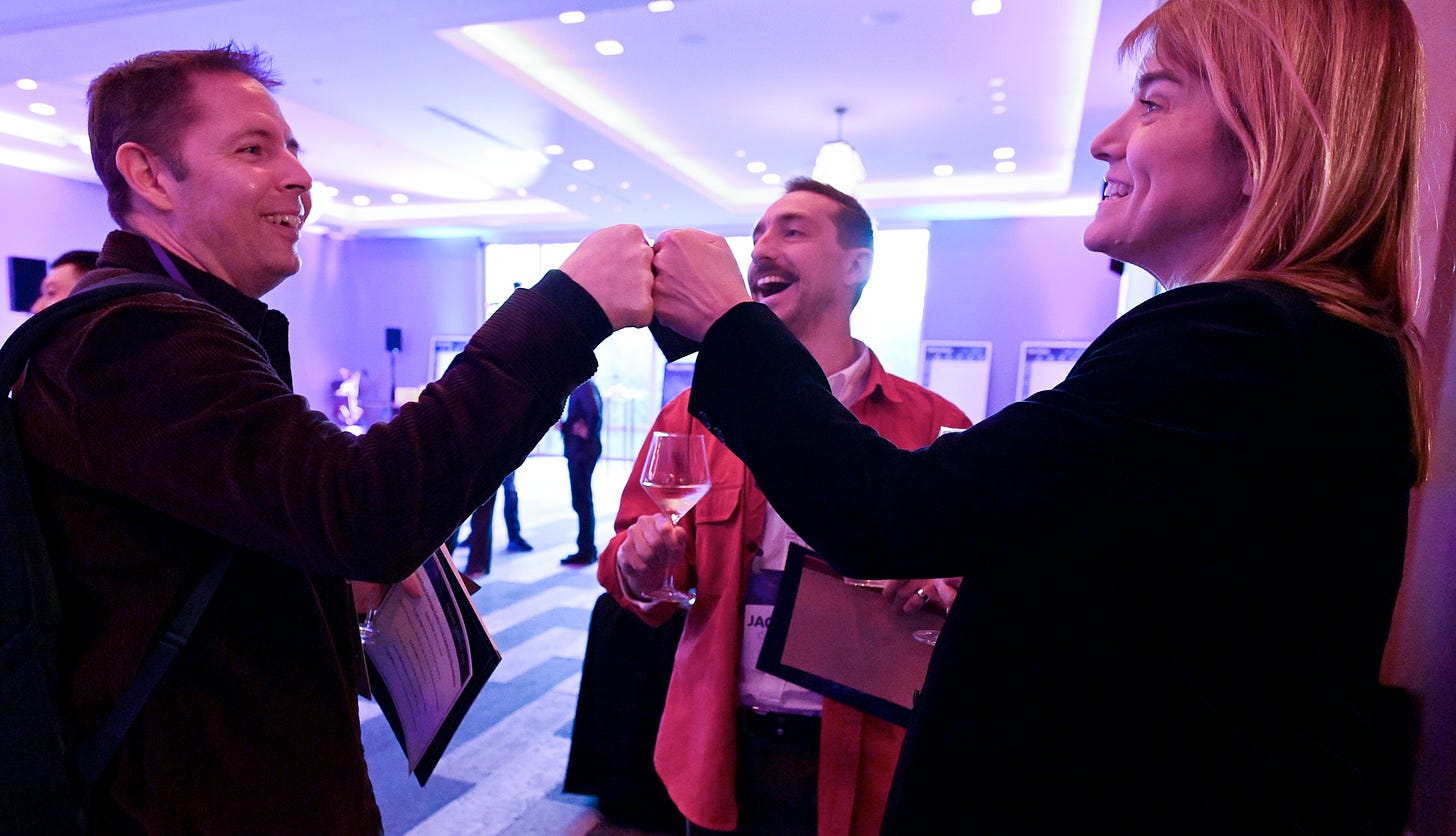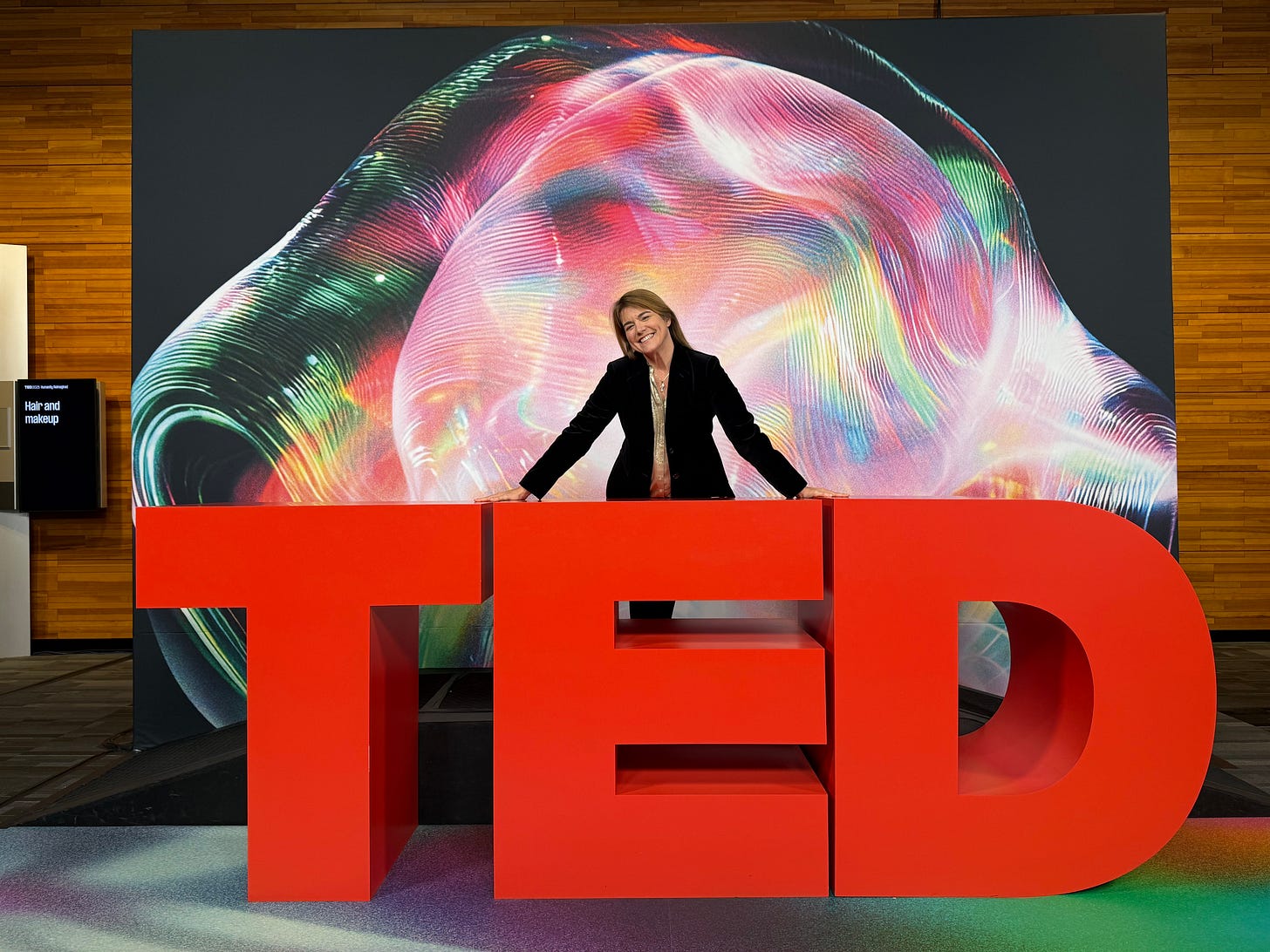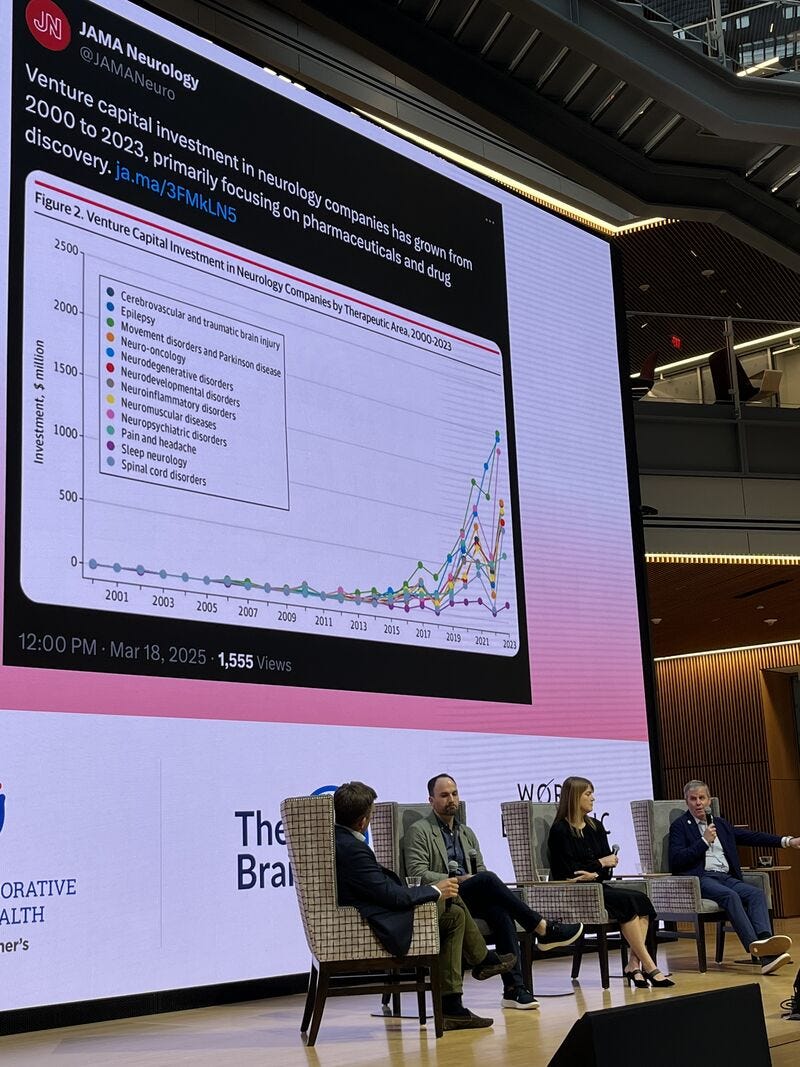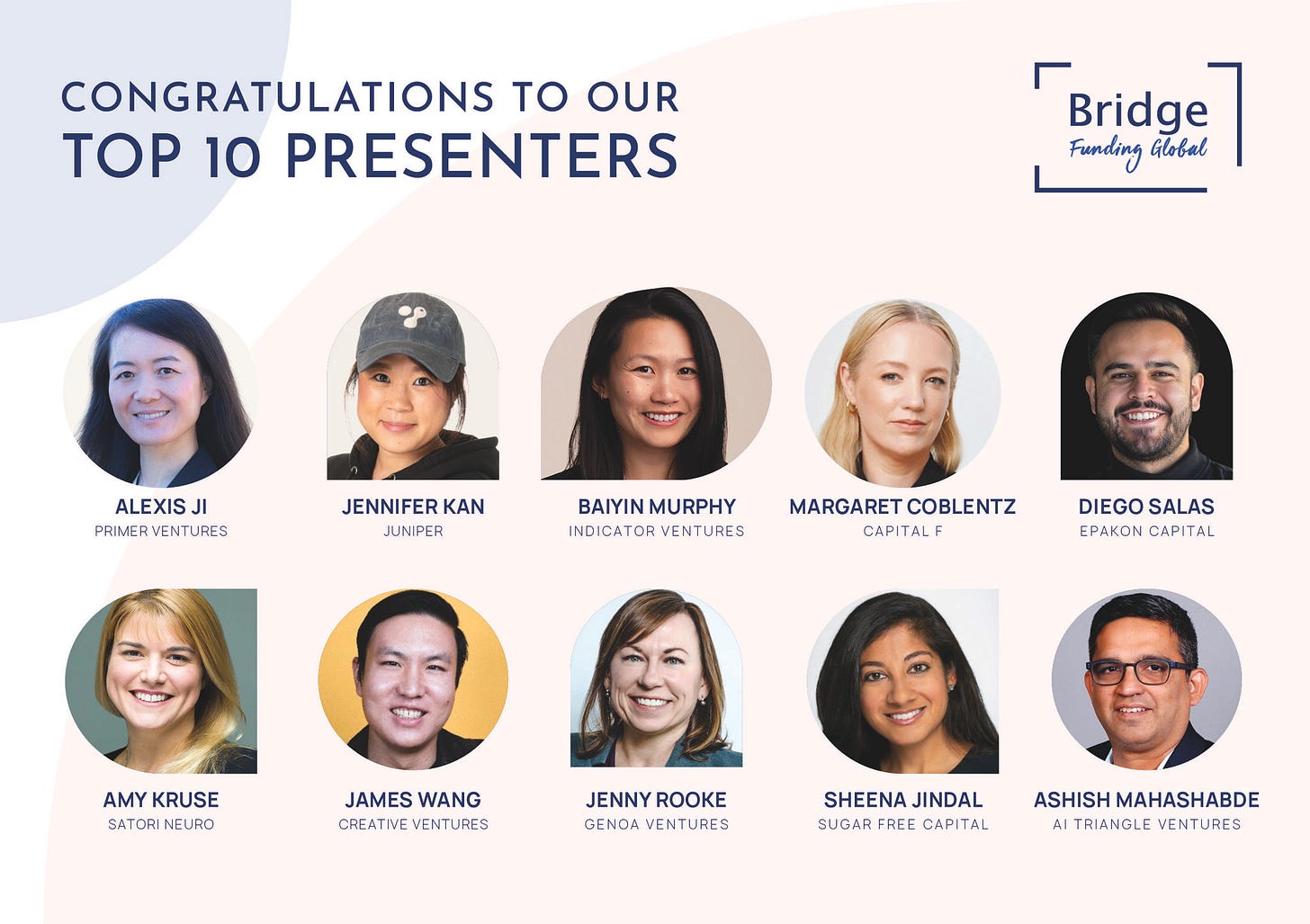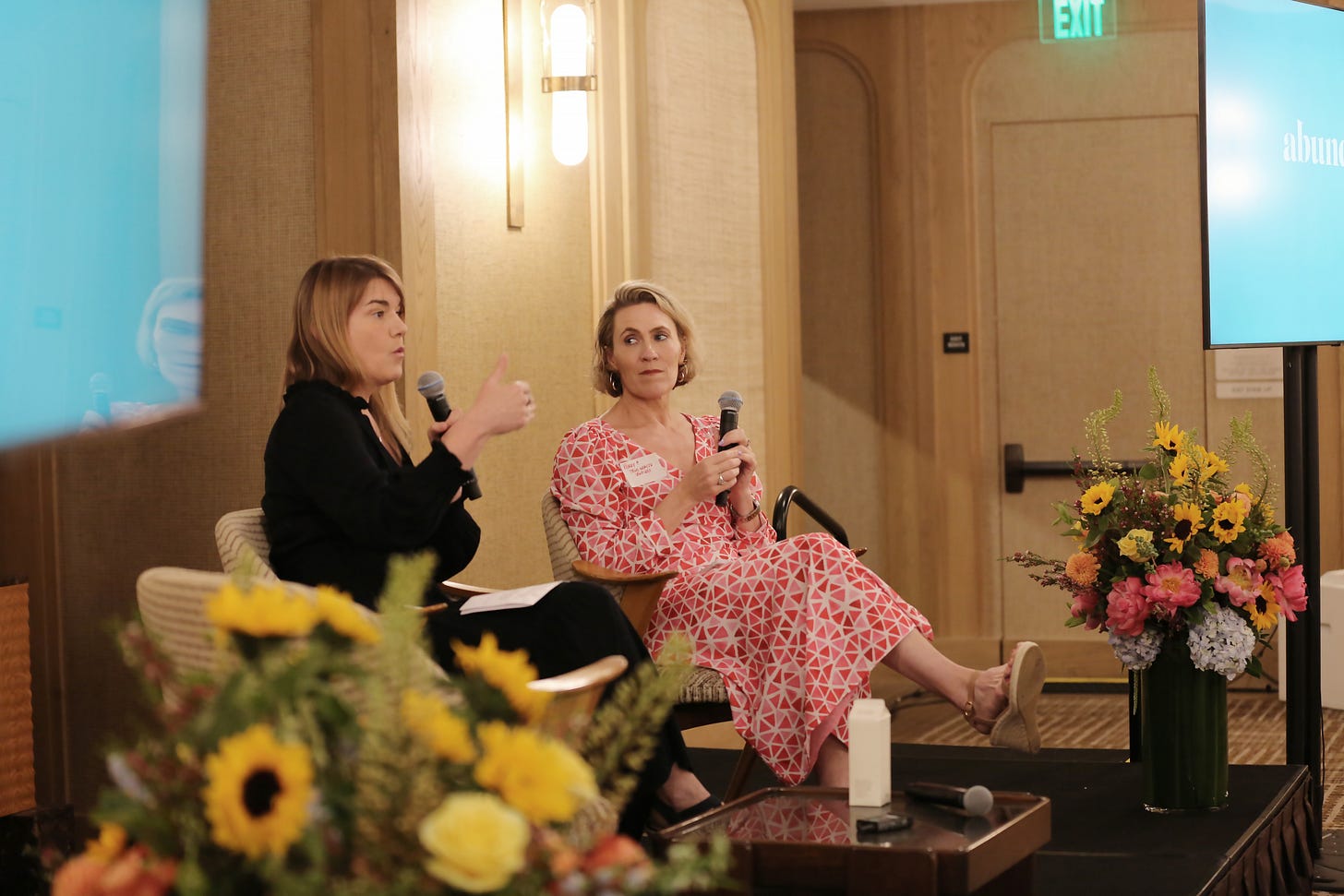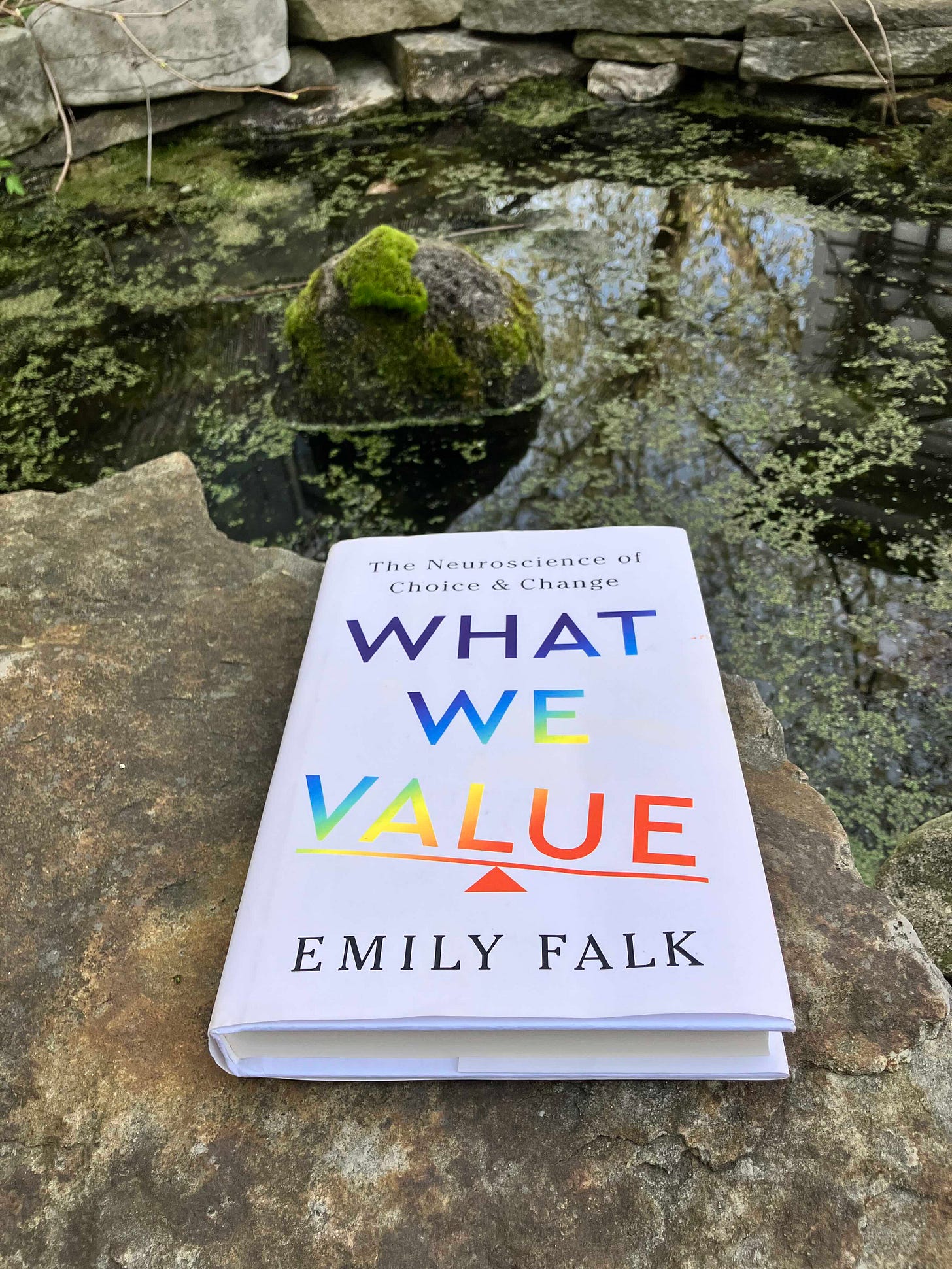Welcome to the Summer Issue of the Satori Neuro newsletter!
In this issue we explore:
Earbuds that enhance your sleep
The neuroscience that rules your choices
A $50 million grant program for the study of ibogaine
Take two minutes for a confi-dance break!
CEO Spotlight: Q&A with Jonathan Berent
Satori Neuro: NextSense is one of Satori Neuro’s newest portfolio companies, and we’re really excited about that. Could you tell us what your team is up to?
Jonathan Berent: We’ve been building the next generation of wearable technology, starting with Smartbuds. These do everything your regular earbuds do—you can listen to your podcasts and music—but while you do that, they read and decode your brain waves. Just like a smartphone, Smartbuds can be used for many things, and the first thing we’re doing is helping people to sleep. Even if you are a side sleeper, Smartbuds are designed so you can wear them comfortably through the night.
Brain waves are the most accurate way to evaluate sleep quality, so that is the first thing we are bringing to market, but we believe we can actually make sleep better, so that’s next. There are some well-researched frequencies that enhance deep sleep, the most restorative part of your sleep. In fact, the sound patterns deepen those slow brain waves and boost the neural benefits so much that people perform measurably better on cognitive tests the next day.
SN: When people think of EEG monitors, they may be thinking about a whole cap full of electrodes all over the head. So how can something that’s just sitting at two points – the ears – tell what is happening, for example, at the front of the brain?
JB: The brain states we’re interested in are the macro states, so you can observe them from virtually anywhere along the scalp, including the ears. Meaning, even if a particular rhythm starts at the front of the brain—like the delta waves during sleep—they propagate back until you can detect them in the ear. Similarly, if somebody wants to use Smartbuds in order to measure their focus you’d be able to see the higher-frequency waves—beta and then gamma—as they also pass over the ear. This is something we’re really hopeful about for future features—measuring focus and even enhancing it with sound.
SN: You mentioned using certain sounds frequencies can enhance deep sleep. How does that work?
JB: Researchers Giulio Tononi, Hong-Viet Ngo and others found that by waiting until someone is in certain phases of deep sleep and then playing bursts of pink noise, you could increase the depth of the slow wave. We’ve developed our own proprietary version with a formula for the spacing between pulses that best enhances the depth of people’s sleep. Of course, you have to make sure they’re not too loud, so the person doesn’t wake up.
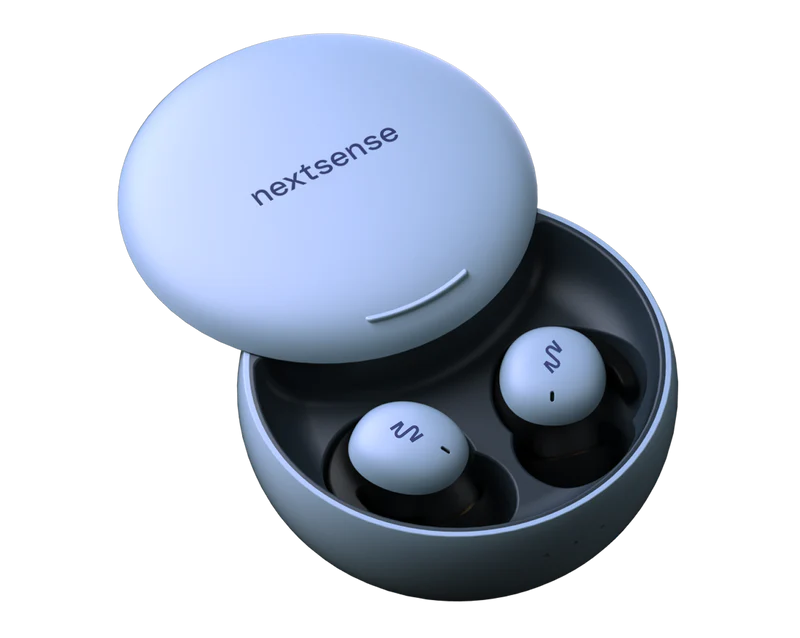
Amy on the Road
In March, Amy joined health and biomedicine visionaries at NextMed Health in San Diego with incredible content showcasing the future of medicine (above and below). Satori Neuro portfolio company Ampa Health was featured on stage revealing their Ampa One treatment for depression.
Amy popped up to NYC for the GIMBHI Leaders in Mental Health Innovation event (below).


Amy spent an engaging and thought provoking weekend with the BrainMind Science Collective (above and below) in Mountain View, CA hosted by GoogleX. She led a deep dive session on funding mechanisms in neurotechnology with other investors.
In April, Amy reimagined humanity at TED in Vancouver, Canada (below), where Dr. Nolan Williams from Soneira Bio presented the story of ibogaine for TBI among other impactful presentations.
Also in April, Amy presented at the Computing Community Consortium (CCC)’s "Defining the Role of Computing Research in Neural Interface Design" workshop in Washington DC.
In May, Amy was a panelist speaking about investing for the neuro-curious at a Houston Medical Center event on Brain Capital (below) and presented on an Implantable Brain-Computer Interface Collaborative Community (iBCI-CC) panel about understanding the market opportunity in the BCI space. Watch the recording here.
Amy was selected as one of the Top 10 GPs and invited to present at Bridge Funding Global’s annual flagship conference for emerging fund managers in San Francisco (above). Selection was based on track record, deck, and investment strategy.
In June, Amy led the discussion on Women’s Mental and Brain Health at the Abundance Collective’s Women’s Health Summit in Los Angeles (above).
Author Spotlight: Dr. Emily Falk
Satori Neuro: Your book is called What We Value: The Neuroscience of Choice and Change. But you use the word ‘value’ in a specific sense. Could you frame for us what value means in the context of your work?
Emily Falk: Whereas people often think of specific subsets like moral values or economic value, neuroscientists think about a brain system that takes all of those kinds of value and integrates them, coming up with a sort of final common assessment of the value of any different kind of choice option. Whether we’re choosing between snacks or activities or any number of other things, our brain’s value system can help us decide even in apples-and-oranges comparisons. For example, would you rather have $10 right now or go to the bowling alley?
SN: According to your book, a central question the brain goes to when considering an option is, “Is this me or not me?”. Let’s say you’re confronted with something unfamiliar, like you’ve been invited to laser tag and you’ve never played it before. On the surface, this is not ‘me’ at all. But if you start approaching those situations by saying, “Is there an aspect of this that could be me?”, then your life can change dramatically. Did I get that right in terms of your findings?
EF: I think that’s a great example, and I do find it really powerful to understand how intertwined the value system is with this other brain system, the self-relevance system that helps track what’s me and what’s not me. It shapes, but also limits, who we are. When it’s biasing these decisions in favor of things that are consistent with what we’ve done before—or who we imagine ourselves to be—then we take a bunch of options off the table.
There are lots of opportunities to connect new things with core parts of our identity. That can be one path. And the other way is just noticing that the story your brain tells you about yourself isn’t necessarily an objective set of truths. Your brain delivers a caricature of yourself that feels real but there may be more flexibility than we give ourselves credit for.
Decades of research in psychology highlight that people’s thoughts, feelings, preferences, and beliefs change depending on the situations that we’re in and who we’re with. And yet, we hold on tightly to the idea we know who we are and that that should guide our choices. But we don’t have to believe everything that first comes to our mind in this regard. For example, people who are experienced meditation practitioners start to let go of that bounded notion of self, that fixed sense of who I am, and also the fixed boundary between me and the rest of the world.
Portfolio Companies in the News & Other Developments
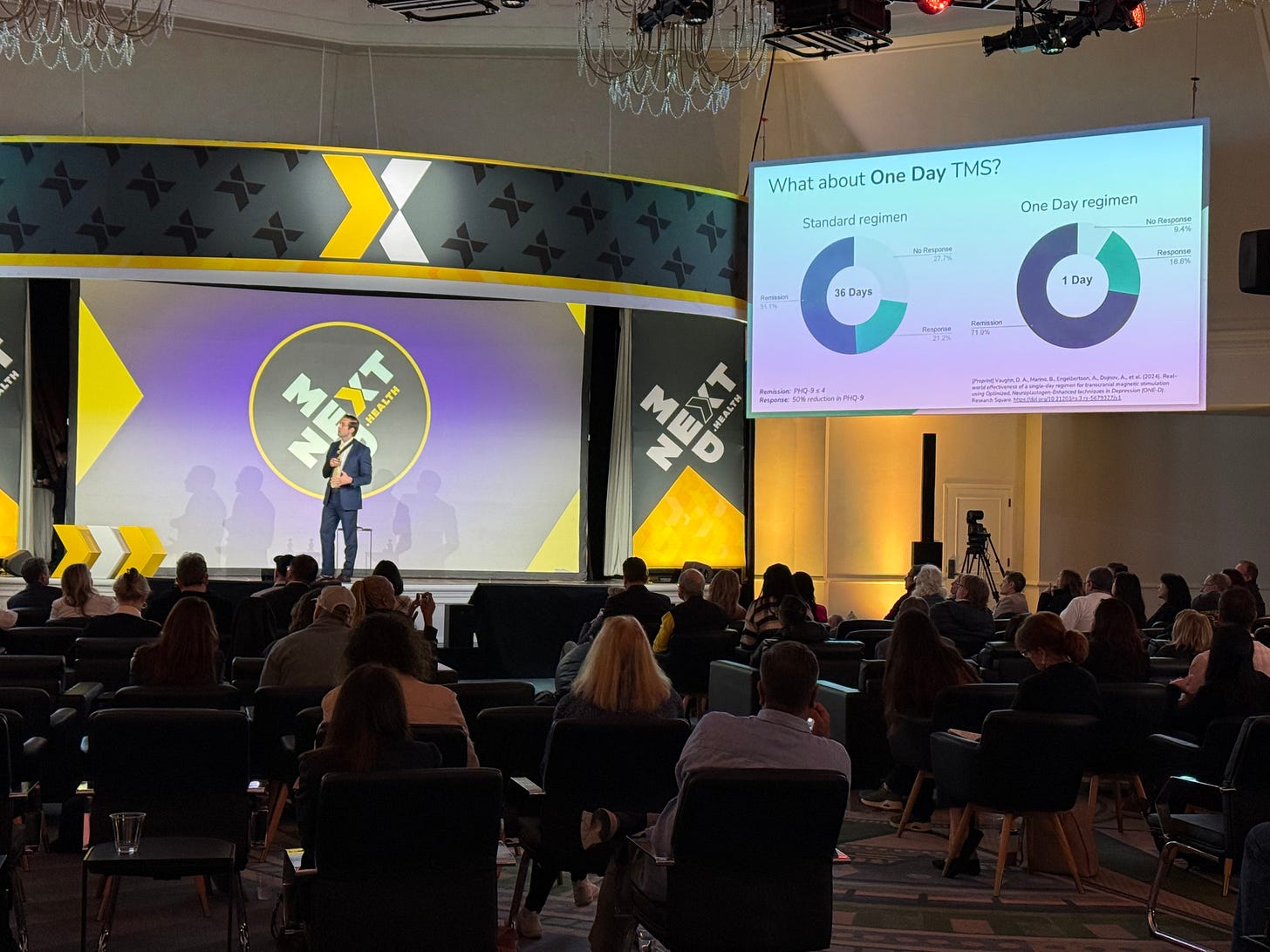
Gilgamesh Pharmaceuticals, on whose board Amy serves, announced Phase 2a clinical trial results for their Major Depressive Disorder drug. 94% of patients who received a therapeutic dose were in remission after a month. To deal with the notorious “functional unblinding” problem, the trial compared this group with a control group that received a psychoactive comparator, and the study observed a large effect size between the two groups.
The Texas state Senate has voted 26-5 to pass a bill to create a grant program for the study of ibogaine as a mental health treatment. The $50 million in matching grants creates the largest psychedelic research initiative ever launched by a government.
Sunstone Therapies* co-founders Manish Agrawal and Kim Roddy sat down with Psychedelic Alpha for a broad-ranging interview that tracks their journey from oncology to running the world’s most active psychedelic therapy site.
At the Stanford Center for Precision Mental Health & Wellness, Ampa Health*’s Dr. Jonathan Downar gave a talk titled “Achieving Universal Access to Non-invasive Brain Stimulation Therapies” in which he laid out the path to a billion mental health remissions. Watch the lecture recording here.
Paradromics, on whose board Amy serves, completed the first-in-human implantation of its Connexus® Brain-Computer Interface during epilepsy surgery, marking its graduation to a clinical-stage company. The team demonstrated the device could be safely placed, record brain activity, and be removed intact, all in under 20 minutes.
In late May, newly-appointed FDA Commissioner Marty Makary added his voice to support Health and Human Services Secretary Robert F. Kennedy’s call to explore psychedelic therapies, suggesting this could be a priority for the new administration.
The powerful documentary In Waves and War, featuring TARA Mind*’s CEO Marcus Capone, will premiere on Netflix on November 3rd, 2025. The film reveals the transformative potential of psychedelic-assisted therapy for veterans navigating post-combat life.
A study in JAMA Neurology tracked venture capital investment in neurology companies since the turn of the millennium. While all of the areas they studied have seen a marked uptick in the last decade, pharmaceutical and drug discovery VC funding has taken off into a class of its own, with movement disorders and Parkinson’s Disease attracting the greatest resources, followed by neurodegenerative disorders.
Amy was quoted in a go-to annual review of psychedelic funding, public markets and M&A. Asked for her 2025 outlook on psychedelic and psychiatric drug development, she pointed to some highly promising later-phase readouts expected this year.
The Implantable Brain-Computer Interface Collaborative Community (iBCI-CC) released its 2025 Annual Report compiling the work of its first year pursuing a future where implantable BCIs empower their users to lead fuller and more independent lives.
Public perceptions of non-invasive neuromodulation interventions is largely positive—especially when those interventions are explained—according to a survey of 784 patients in the UK. The study found a preference for ultrasound stimulation or magnetic stimulation over drug therapies. As the authors point out, this could mitigate the widespread problem of non-adherence to psychotropic medication.
If you happen to be feeling down today, this video from a Tapouts* social-emotional learning session is sure to lift your spirits. The Satori Neuro team swears by our confi-dance breaks!
*Companies marked with an asterisk are part of the Satori Neuro portfolio.
Where to Find Amy
June 12-15th in Lugano, Switzerland—Faculty for the inaugural European edition of the Cleveland Neurodesign Workshop
June 17-19th in San Francisco—Speaking on the “Neuroscience in the Wild” panel at Human+Tech Summit (use this special registration link for 30% off and a free +1)
June 20th in Boston—Brain Mind’s Investor Round Table: Ethical Neuro-Innovation
June 26th online—VSP X MATTER—panelist for The Next Wave in Wearables (register for free here)
Aug 14th-17th in upstate New York—Berkshires Brain Summit
September 9-11 in Boston, MA—Speaking at the 8th Annual Neuropsychiatric Drug Development Summit
We would love to hear from you! Reach out to us at neuro@satoricapital.com, and feel free to share this newsletter with anyone you think might be interested.
Satori Neuro is an investment strategy focusing on mental health, brain health and wellness, the application of neuroscience technologies, and human flourishing.





